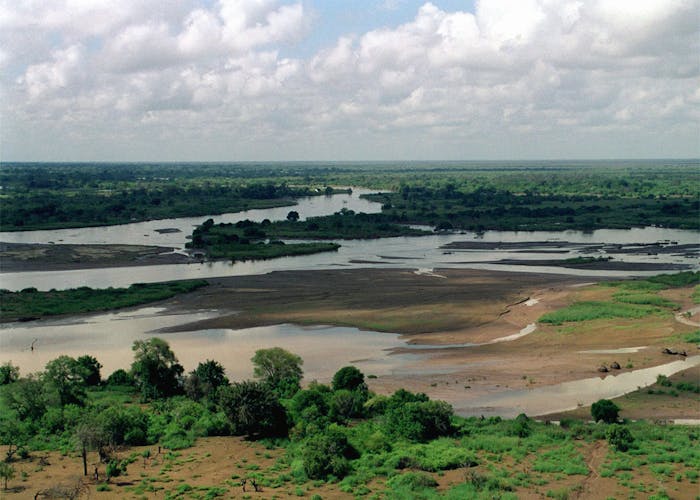Everyone joined forces and were willing to compromise to create a broad framework for the SEA and LUP to allow decisions about the region to be assessed. A hybrid scenario which combines traditional practices with modern technology was selected.
One in which nature conservation and protection against natural disasters go hand in hand. This framework is now imbedded in laws and regulations, for example regarding the management of the Tana River, flood protection and the extraction of drinking water. It obliges everyone, including governments, to carry out an environmental assessment for new plans. For the first time, the cohesion of plans in the long term is considered. But the most important element for success is widespread support. All parties were involved in setting up the SEA and the LUP from the start. From the owner of the smallest piece of land to the highest civil servants in the national government. Decisions are made together, based on objective criteria. And this means everyone stands behind the approach.
Nevertheless, in practice, changes are taking place slowly but steadily. The new approach requires far-reaching adjustments, for example for groups that must abandon their traditional ways of working. They need time to do this. But the fact that they are doing so is the result of the data that has convinced them that everyone benefits from the Land Use Plan. Meanwhile, various parties have already invested millions of dollars in the region because of the security now offered by the LUP. The general standard of living is improving step by step. The Tana River is no longer a volatile area but a future-proof region where residents understand each other’s needs and look for the right balance. This obvious proof of its success means the innovative approach has already been adopted in west Kenya and used by the United Nations as an example of best practice.

 06 Clean Water and Sanitation
06 Clean Water and Sanitation